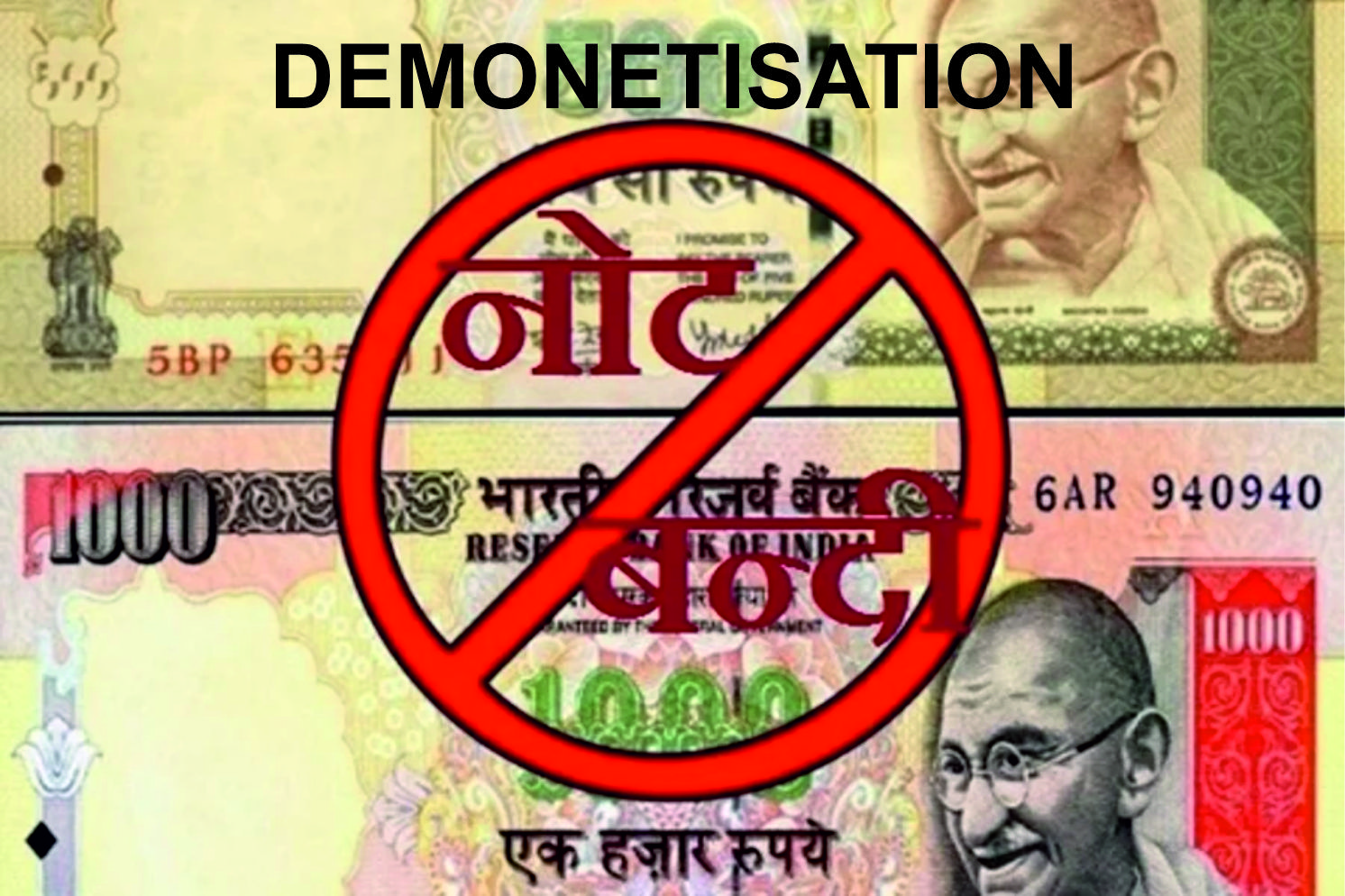GST Completes 8 Years: India's Tax Revolution Unifies Market, Boosts Business & MSMEs

Mumbai, India – July 1, 2025 – Today marks the eighth anniversary of the Goods and Services Tax (GST) in India, a pivotal reform that has fundamentally reshaped the nation's indirect tax landscape. Introduced in 2017, GST replaced a complex web of taxes with a single, unified system, simplifying compliance, reducing business costs, and fostering seamless interstate trade. This transformation has laid a robust foundation for a more integrated and transparent economy.
Prime Minister Narendra Modi hailed GST as "a path-breaking legislation for New India." Eight years on, its success is evident in record gross GST collections, which hit ₹22.08 lakh crore in 2024–25, a 9.4% year-on-year growth. This surge reflects increased economic formalization and improved tax compliance. A recent Deloitte "GST@8" report lauded the past year as a "blockbuster" for GST, crediting timely government reforms and continuous upgrades to the GST portal for this success.
Journey and Structure:
GST unified various indirect taxes under a "One Nation, One Tax" umbrella, eliminating cascading effects. It operates on a dual structure (CGST/SGST for intra-state, IGST for inter-state) and is a destination-based tax. The system allows businesses to claim Input Tax Credit (ITC), preventing double taxation. Current rates generally range from 5% to 28%, with special rates for specific items like gold (3%) and diamonds (1.5% and 0.25%). A compensation cess is also levied on certain goods to aid states. All GST processes, including registration and filing, are digital via the GSTN portal, enhancing efficiency.
Key Benefits Unpacked:
1. Ease of Doing Business: GST has created a unified national market, drastically cutting logistical barriers and transit times by over 33%. Businesses no longer need multiple state-specific warehouses, leading to optimized supply chains. The Deloitte survey highlights that 85% of businesses view GST positively, a significant jump from 59% in 2022, crediting simplified processes and digital infrastructure. E-invoicing has further streamlined transactions and curbed leakages.
2. Cost Reduction: The seamless ITC flow has significantly reduced the cascading effect of taxes, lowering overall costs for many businesses. Government efforts to rationalize rates, including moving items out of the highest tax slab, contribute to these efficiencies.
3. Support for MSMEs: GST has provided considerable relief to Micro, Small, and Medium Enterprises. The higher exemption limit for goods (raised to ₹40 lakh) and the Composition Scheme (fixed tax rate with minimal paperwork for turnovers up to ₹1.5 crore for goods and ₹50 lakh for services) have eased compliance. Initiatives like Quarterly Return Filing with Monthly Payments (QRMP) and NIL return filing via SMS, along with improved access to credit through platforms like TReDS, have further empowered MSMEs.
4. Benefits to Consumers: By removing multiple taxes and improving compliance, GST has lowered average tax rates on many essential items like cereals, edible oils, and sugar. A Finance Ministry study suggests households save at least four percent on monthly expenses.
5. Boost to Logistics: GST has transformed logistics by eliminating border checkpoints, allowing faster, freer movement of goods. This has reduced fuel costs and highway congestion, enabling smarter, more centralized supply chains.
Achievements & Governance:
Since 2017, GST has shown robust revenue growth and tax base expansion, strengthening India’s fiscal position. The 2024–25 fiscal year saw the highest-ever gross collection of ₹22.08 lakh crore, averaging ₹1.84 lakh crore monthly. The active taxpayer base has grown from 60 lakh to over 1.51 crore as of April 30, 2025.
The GST Council, the key decision-making body comprising Union and State representatives, has held 55 meetings, making pivotal decisions. These include introducing e-Way Bills and e-Invoicing, rationalizing rates (reducing the highest slab items from 227 to 35), and approving the creation of GST Appellate Tribunals to resolve disputes.
Industry Insights:
Deloitte's GST@8 survey, based on 963 responses from C-suite executives across eight industries, confirmed that 85% of businesses reported a positive GST experience. This positive sentiment, up from 59% in 2022, stems from simplified processes, seamless ITC, removal of legacy taxes, and widespread digital adoption. Positive sentiment among MSMEs rose from 78% to 82% this year.
The Road Ahead: GST 2.0:
As GST enters its ninth year, the focus is on further refinement. Industry stakeholders are calling for:
- Rate Rationalization: A simpler, perhaps three-tier, rate structure.
-
Sector Inclusion: Phased inclusion of petroleum products, electricity, and liquor into the GST ambit.
-
Strengthening Dispute Resolution: Full operationalization of the GST Appellate Tribunal (GSTAT).
- Continued Simplification: Standardizing registration, accelerating refunds, and enabling more flexible ITC use.
GST's journey underscores India's commitment to economic reform and cooperative federalism. Its continued evolution, driven by collaboration between policymakers and industry, is set to further enhance ease of doing business and support India's ambitious economic aspirations, ushering in the vision of "GST 2.0."



 195
195

 The BharatBiz
The BharatBiz
 16
16

